Most underrated phones of 2015

This list could’ve been exorbitant, considering that over the course of the last year, we’ve come across a bunch of smartphones that proved their worth – despite not leaving as deep of a mark on consumers. We’ve combed through our extensive reviews and ultimately decided to select 5 smartphones (OK, 4 smartphones and 1 gargantuan phablet) that happened to be probably the most underrated mobile devices of 2015. High-end phones are bred to take up more notoriety, but the phones in this selective list cover the gamut.
Do any of them bring back memories? For us, they definitely do, despite being increasingly forgotten as we crept closer towards the end of the year. Without further ado, here are the most underrated phones of 2015!
Huawei MediaPad X2
Let's start with something that's a bit out of the ordinary. It comes from Chinese manufacturer Huawei, and while it's practically billed as a compact tablet, it's also technically a smartphone. Huawei has been generating a lot of interest lately due to the success of the Google Nexus 6P, but earlier in the year, it was a totally different story. Announced back during MWC 2015, the Huawei MediaPad X2 was probably underrated for the fact that it brought BIG to a level that few have dared to go.
Bigger than the majority of phablets at the time, this 7-incher meshed the best of both the smartphone and tablet into one, cohesive form factor. Not only was it pretty compact (for the screen size), but it came with top-notch specs, a premium design, impressive battery life, and you could make phone calls with it – all of that for the sticker price of around $400 when it launched!
Microsoft Lumia 640
The only Windows powered phone to make the list, the Microsoft Lumia 640, represented a different strategy for the company earlier in the year. Also announced during MWC, the Lumia 640 is arguably underrated for the fact that no one believed that an entry-level spec’d phone, a Windows Phone at that, could have any sort of headway in a sea crowded by high-end devices.
In proving the critics wrong, the Lumia 640 leveraged the full power of Windows Phone into a package that’s affordable on any budget. Out of the gates, it was slapped with a $129.99 price point, which is unheard of for most phones of this caliber. What’s even more amazing now, it can be found dirt cheap nowadays – as low as $30 in some cases.
For a budget offering, the Lumia 640 manages to compete on almost the same level as any other Windows Phone before it, including some higher-end ones. Being a Windows Phone, however, automatically gives it a handicap, just because Windows Phones in general have a tougher task at garnering attention these days – more so when there aren't any meaningful flagships to generate hype around the platform.
ZTE Axon Pro
At the halfway point of 2015, we were greeted to the phone that ZTE intended to make a splash with in the US market – the Axon Pro. A beast of a phone, it’s endowed with a specs sheet befitting of any top-tiered phone – and accompanied with what some would classify as a novelty feature: dual wielding cameras in the rear. We thoroughly enjoyed the ZTE Axon Pro, which came out of the gate with a THEN unheard of $450 price point.
Factoring in all the goodies that accompany it, the price point was undeniably the icing to the cake. What can beat that? Funny you should ask, because despite being a top-performer, we were soon greeted to another rival smartphone that quickly put out its flames – the cheaper $400 Moto X Pure Edition. For many that were thinking about going with ZTE’s pride and joy, they were quickly placed in a predicament once Motorola’s bad boy came out of hiding less than a month of the ZTE Axon Pro’s announcement.
BLU Pure XL
Just when we thought it couldn’t get any cheaper in the high-end category, Miami-based company BLU soon achieved the impossible with its Pure XL smartphone. The $450 cost of the ZTE Axon Pro was sweet, but the Moto X Pure Edition was even sweeter at $400. However, the BLU Pure XL cemented its place by beating the two of them with its unbelievable price point of $350!
Unfortunately, BLU’s reputation of being a third-rate player in the space persisted, even after launching this monster of a smartphone. It’s a great phone capable of tangling against the major league players in the space, but it’s BLU we’re talking about here. If they’re able to continue a push into the high-end, just like what they accomplished with the Pure XL, it might seemingly become BLU’s year in 2016.
Asus Zenfone 2
And finally, we have the number one most underrated phone of 2015 – the Asus Zenfone 2. We enjoyed using this phone back in the spring, after it officially launched stateside with a starting cost of $199.99 – with its other slightly better spec’d sibling at $299.99. In contrast to the two previous devices, the Zenfone 2 is a mid-ranger, a segment that saw heated competition throughout the year. Specs-wise, the $299.99 variant managed to impress us for a mid-ranger with its 5.5-inch 1080p display, Intel powered Atom Z3580 chip, 4GB of RAM, 64GB of internal storage, 3000 mAh battery with rapid charging, and 13-megapixel camera.
We also enjoyed the updated ZenUI experience, which offered a convincing experience. The camera experience, too, was a surprise because it delivered good looking photos with one of the most diversified experiences we’ve come across this year in a phone. When it comes to shooting modes, the Zenfone 2 easily delivers more than your average smartphone.

![T-Mobile users have until today to ensure they pay only the advertised price [UPDATED]](https://m-cdn.phonearena.com/images/article/171469-wide-two_350/T-Mobile-users-have-until-today-to-ensure-they-pay-only-the-advertised-price-UPDATED.webp)
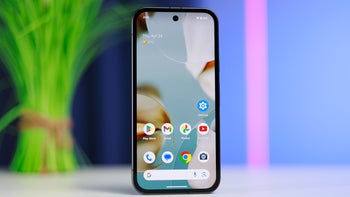
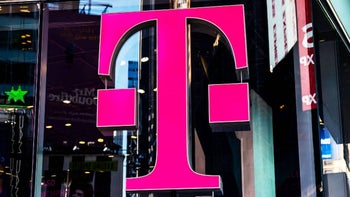
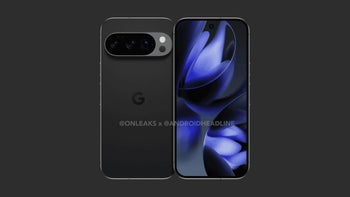
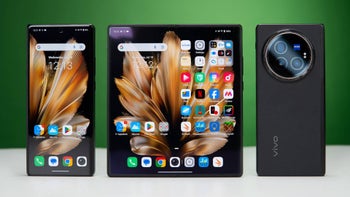
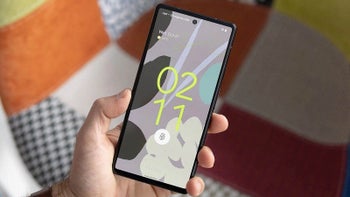

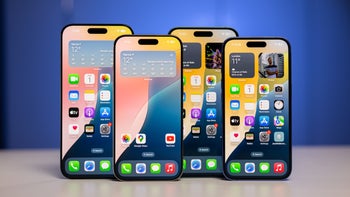

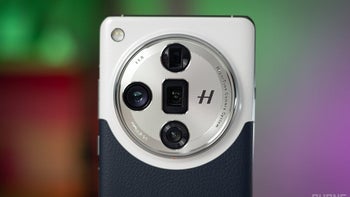
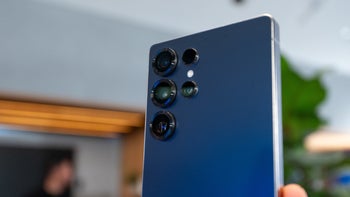
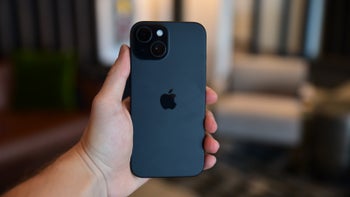
Things that are NOT allowed:
To help keep our community safe and free from spam, we apply temporary limits to newly created accounts: